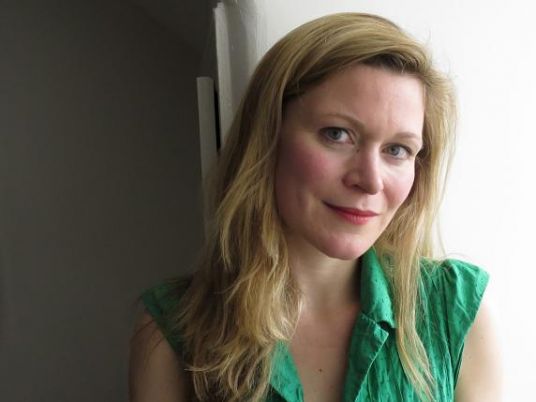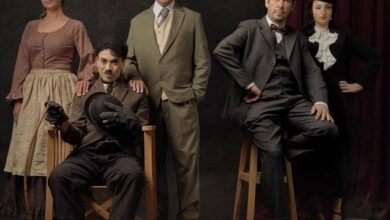
Hermione Eyre's "Viper Wine" begins in 1632 with Lady Venetia Digby, a famous court beauty — the A-list celebrity of her day. But Lady Venetia is at a dangerous age and her looks are failing.
In a desperate attempt to turn back the clock she falls prey to Viper Wine, a quackery tonic which she must keep a secret from her alchemist husband, courtier and traveler, Sir Kenelm Digby.
The book, shortlisted for The Walter Scott Prize for Historical Fiction 2015, follows Venetia’s tortuous attempts to recreate her heyday.
It also follows a more complex route, powered by Digby's secret ability to telepathically range through time. He is frequently accosted with visions of future science, from the atomic bomb to the Internet.
And Viper Wine's exploration of the arts practiced on women in the pursuit of beauty and fear of ageing is peppered with equally time-traveling references — quotes from Naomi Campbell, references to plastic surgery, skin peels and snippets from Wikipedia.
"Having the present day interrupting the historical events just worked," Eyre said. "It’s a baroque novel, so there are all sorts of flourishes and curlicues."
Eyre talked to Reuters:
Q: What first led you to Venetia Digby?
A: Her painting by Van Dyck. She looks totally peaceful, as though she is asleep, but she has died from drinking Viper Wine. Sir Kennelm Digby was so destroyed by her death, he slept with this portrait on his pillow.
Q: What gave you the idea for the time jumping?
A: Digby feels very modern, he’s interested in proto science, but then I found his alchemical papers. I read up on alchemy, the eastern wisdom said that time was circular, like Einstein and infinity. So that planted the idea.
Q: Are the norms for beauty in Venetia’s day different from those today?
A: I think she would have still been a source of fascination because ultimately it is about character. She wears her beauty lightly, she’s not unattainable, there’s something about her that is anarchic –- she misbehaves, she gets a reputation for defying convention.
Q: So nothing much has changed for women?
A: Actually it’s gotten worse. It is dangerous to believe that everything can be solved, which is what Venetia does in the novel. She is bored, frustrated, and shut up in the country –- so there’s a lot more wrong with her life than losing her looks.
Q: Did you set out to write a historical novel or a feminist one?
A: Both. It’s partly a warning for the way we are heading as women, but not didactic because true feminism says you should be able to make your own choices.
Q: Tell me about Viper Wine, the tonic – did it really exist?
A: Viper wine is sandalwood, aloes — the viper element was probably snake oil. I’ve included opiates, which gives the ladies a heightened hallucinogenic experience. That was the ingredient in a lot of beauty potions that made you feel better, kept you wanting more.
Q: You imply that Viper wine is almost HRT?
A: In the book, viper wine contains the hormones from a pregnant mare -– which is true of HRT today.
Q: Are you drawing the conclusion that modern treatments against ageing are also quackery?
A: I’m definitely skeptical about the beauty industry. I know what I’m talking about. I was a beauty editor for a national newspaper so I’ve thought about it a lot. What you see happening to Venetia is that consumerism plays on her insecurities and that is going on today. I think the weird and wonderful potions that she drinks are not so very far from us. Look at these ‘bee-venom’ facials that have appeared.




